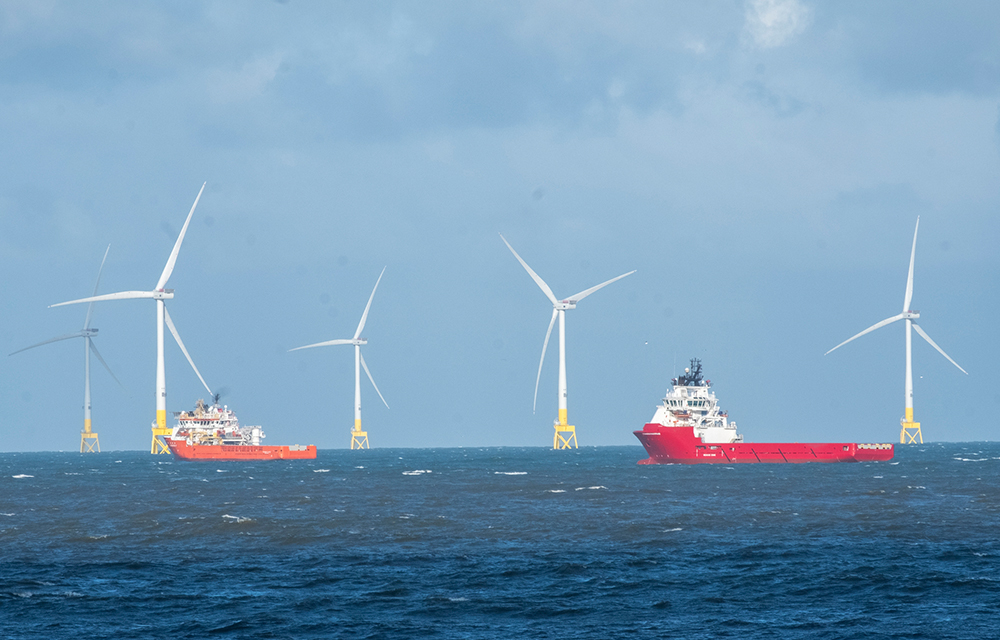White Paper on Norway’s energy resources
Today, the government finally published its White Paper (Meld. St. 36 (2020–2021)) on the long-term value creation from Norwegian energy resources, this for the first time to include both the renewables sector and the oil and gas sector. The White Paper was published together with a long called for proposal regarding the further development of offshore wind in Norway (see Haavind’s separate article on this) and a road map for hydrogen.
Today, the government finally published its White Paper (Meld. St. 36 (2020–2021)) on the long-term value creation from Norwegian energy resources, this for the first time to include both the renewables sector and the oil and gas sector. The White Paper was published together with a long called for proposal regarding the further development of offshore wind in Norway (see Haavind’s separate article on this) and a road map for hydrogen.

In short, the White Paper focuses on the following four goals:
Economic growth / job creation
Norway’s renewable energy resources shall be put to use in Norway, enabling further economic growth and jobs. This includes also the development of renewable energy production at sea (offshore wind), as well as hydrogen and carbon capture and storage (CCS).
Further electrification
The government presents a strategy for a further electrification of Norway (onshore and offshore), focusing in particular on the need to strengthen and coordinate the power grid to be able to meet the demands following such further electrification. Related to this, the government has today also appointed a panel of experts that will assess the further development of the Norwegian power grid. One important task for the expert panel will be to propose measures to reduce the time spent in the licensing process for new grid facilities.
Establishment of new, profitable industries/technologies within this sector
The White Paper emphasizes the importance of developing new and profitable industries based on existing industries, including oil and gas, to help Norway’s transition towards a low-emission society. Examples of such new industries include the production and use of hydrogen, offshore wind power and CCS, as well as battery production and other activities where access to renewable energy represents a competitive advantage. The government aims to facilitate this development based on efficient and predictable framework conditions.
Further development of the oil and gas sector within the framework of the climate change goals
The White Paper points out that the Norwegian oil and gas industry currently faces major challenges as a result of maturing fields on the Norwegian continental shelf and increasing demands for lower emissions. However, it is emphasized by the government that the oil and gas sector will remain a significant factor in the Norwegian economy in the years to come, although not on the same scale as today. The use of expertise and technologies within today’s oil and gas sector to develop new industries and technologies is also an important aim for the government.
Comprising both the renewables sector and the oil and gas sector the White Paper has potential to become one of the most important political documents within the energy sector (and related sectors) for decades, as also pointed out by the government itself. The Parliament will probably debate the White Paper after the parliamentary elections in September, this creating some uncertainty on how the proposed policies will be followed-up.
The White Paper can be found here.



